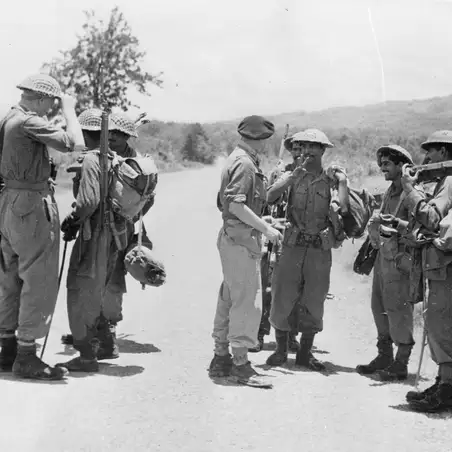Originally established as a prisoner of war camp in 1940, Bergen-Belsen became an infamous Nazi concentration camp.
Located near Celle in Northern Germany, the camp initially housed prisoners of war (POW) from Belgium, France, the Soviet Union, Italy and Poland.
But the camp was soon turned into a concentration camp holding thousands of Jews, POW, political prisoners, Roma (Gypsies), criminals and anyone who the Nazi’s persecuted.
Life at Bergen-Belsen
However, the deliberate maltreatment, starvation and malnourishment of prisoners, lack of sanitary conditions and inadequate water supply, along with forced labour, meant that disease was rife and mortality rates were high.
Despite the camp being designed to hold 10,000 prisoners, tens of thousands more were sent to Bergen-Belsen.
As the Allies began to advance back into Europe, thousands of prisoners from other concentration camps in Eastern Europe were sent to camps inside Germany including Bergen-Belsen.
With mass overcrowding and a severe deterioration in the camp diseases such as Typhus and Typhoid were rampant.
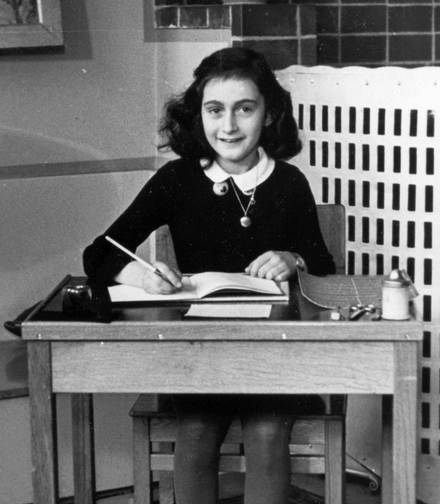

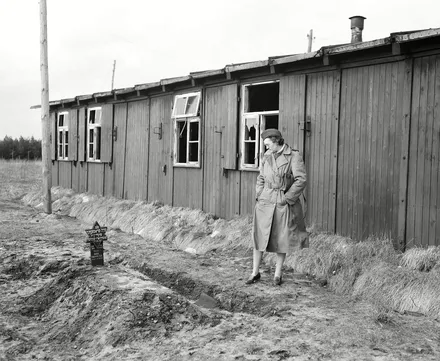
It is estimated that over 50,000 people lost their lives at Bergen-Belsen.
This included Anne Frank and her sister who were among those transported from Auschwitz. Both sadly contracted Typhus and died in February 1945.
Just a couple of months later, on 15 April 1945, British and Canadian troops of the 11th Armoured Division liberated Bergen-Belsen after the Nazi’s agreed to surrender it.
Nothing could have prepared them for what they found; 60,000 emaciated, hungry, sick and brutalised prisoners.
While the outside world knew of the existence of such camps, no one had any idea just how horrific they were.
None of us who entered the camp had any warning of what we were about to see.
One of the first British soldiers to enter the camp, Major Leonard Berney, recalled: “I remember being completely shattered.
"The dead bodies lying down beside the road, the starving emaciated prisoners still mostly behind barbed wire, the open mass graves containing hundreds of corpses, the stench, the sheer horror of the place, were indescribable.
“None of us who entered the camp had any warning of what we were about to see or had ever experienced anything remotely like it before.”
Following the liberation 14,000 people sadly lost their lives as disease continued to ravage the camp and the liberators struggled with a lack of supplies and didn’t have the knowledge to help those severely malnourished.
Rebuilding life after liberation
Unknowingly and having never encountered such starvation they gave them rich tinned food from their rations, but it proved too much. After weeks of starvation and malnutrition the prisoners were too weak to digest the food, and it’s estimated that 2,000 people died as a result.
Specialist teams from Britain were dispatched to help find the best way to feed the former camp prisoners.
Nearly 100 medical students from London were sent, followed by a research team from the Medical Research Council which trialled different methods of feeding the malnourished. Thanks to their efforts they were credited with saving many more lives.
Disease was also still a problem in the camp and in order to prevent further infection, patients were washed and then dusted with DDT, a pesticide that treated insect-borne Typhus. Once treated they were then moved to a hospital that had been set up in another part of the camp.
Destruction of the camp
With most of the original concentration camp destroyed a displaced persons camp was established nearby.
This became the largest displaced persons camp in Europe housing around 10,000 Jewish people.
While 6,000 survivors were resettled elsewhere, many remained at the camp. From 1945 to 1948, over a thousand marriages took place and more than 2,000 children were born there.
In 1950 the camp was officially closed and most of the survivors migrated to the United States, Canada and Israel.


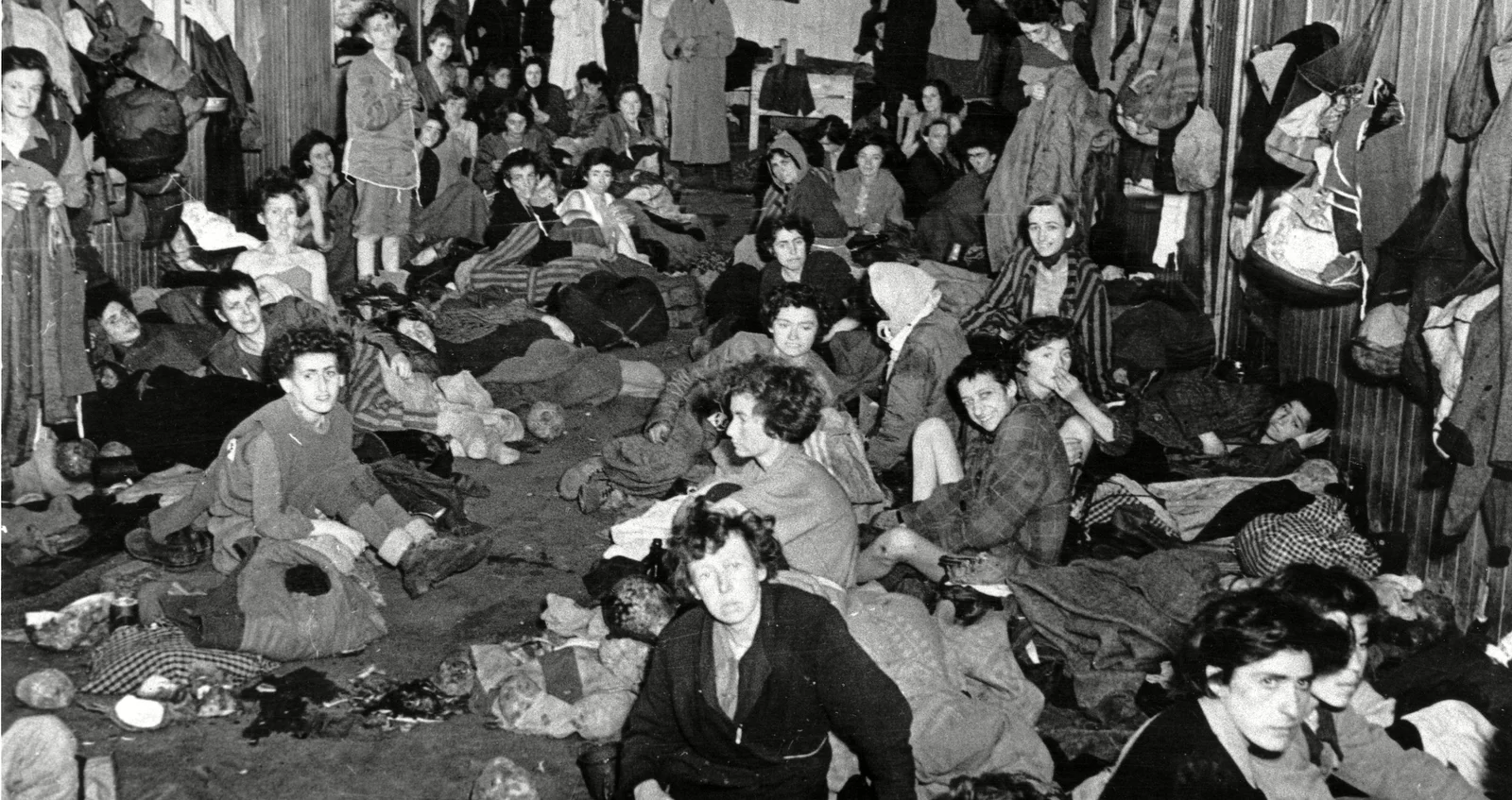
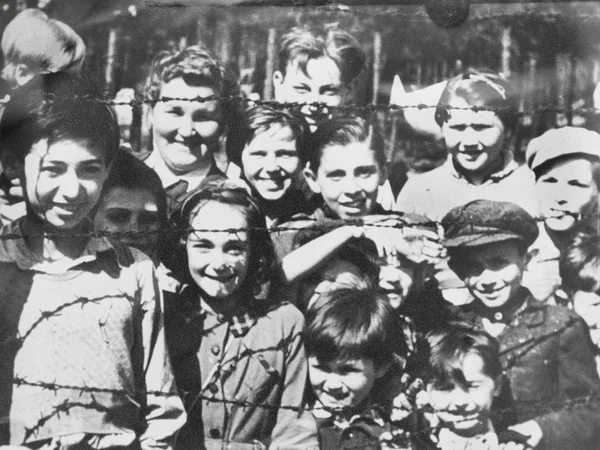
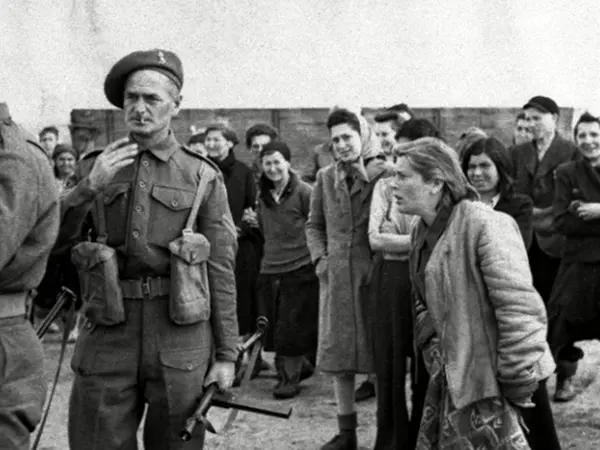
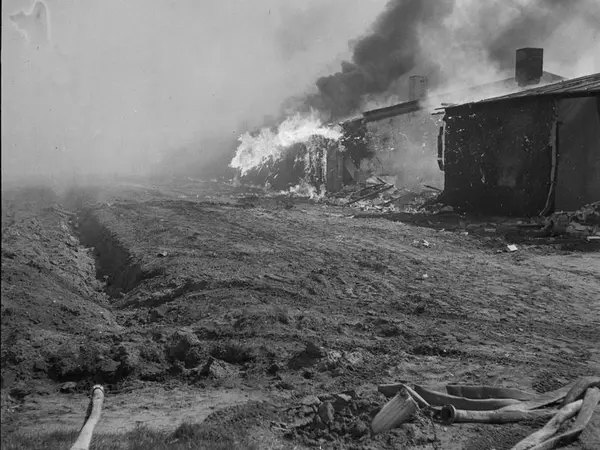
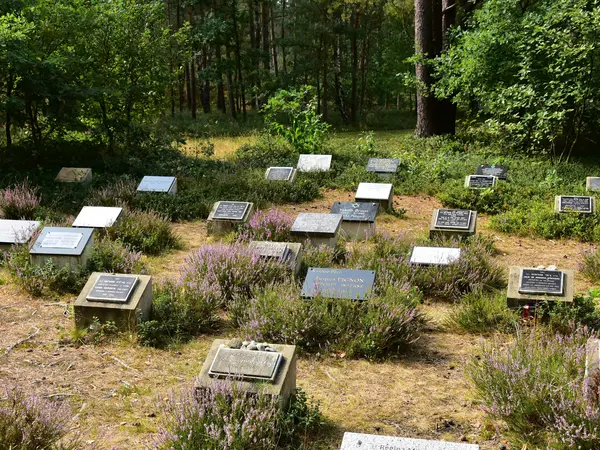
.jpg?sfvrsn=f29cb141_6&method=CropCropArguments&width=452&height=452)
.jpg?sfvrsn=a011a3c8_2&method=CropCropArguments&width=452&height=452)
.jpg?sfvrsn=e0967d6a_2&method=CropCropArguments&width=452&height=452)
